Medigesic Forte Tab (30s)
₨ 260
Product Form : Forte tablet
Pack Size : 30’s
Manufactured by : Wilshire Laboratories (Pvt) Ltd
Drug Strength : 50/650 mg
Generic Name: Orphenadrine and Paracetamol
Orphenadrine Citrate (Ethanamine, N, N-dimethyl-2-[(2- methyl phenyl) phenylmethoxyl-citrate) is a white crystalline powder having a bitter taste. It is practically odorless, sparingly soluble in water and slightly soluble in alcohol. The molecular formula is C18H23NO. C6H8O7 and the molecular weight is 461.50. Orphenadrine is a skeletal muscle relaxant. It works by helping to decrease pain, which helps muscles to relax.
Paracetamol (4’-hydroxyacetanilide) is a slightly bitter, white, odorless, crystalline powder, and is a non-opiate, non-salicylate analgesic and antipyretic. The molecular formula is C8H9NO2 and the molecular weight is 151.16. Paracetamol is an analgesic and antipyretic. Paracetamol has a highly targeted action in the brain, it blocks an enzyme involved in the transmission of pain.
Caffeine (1,3,7-trimethylxanthine) is a bitter, white powder or white-glistening needles, and is a central nervous system stimulant. The molecular formula is C8H10N4O2 and the molecular weight is 194.19. Caffeine is a central nervous system stimulant. It works by stimulating the brain. It acts through adenosine receptors and monoamine neurotransmitters. It is an adenosine receptor antagonist and adenosine 3′,5′-cyclic monophosphate (cAMP) phosphodiesterase inhibitor.
PHARMACOKINETICS:
Orphenadrine Citrate: Orphenadrine is readily absorbed from the gastrointestinal tract and is almost completely metabolized. Peak plasma levels occur 2 hrs after oral administration. Duration of action is about 4-6 hrs in the recommended dose. The half life is approximately 14 hrs for the parent drug and 2-25 hrs for metabolites. Excretion is via urine and faeces. Most of Orphenadrine is degraded to 8 known metabolites. 8% is excreted unchanged in the urine.
Paracetamol: Paracetamol is readily absorbed from the gastrointestinal tract with peak plasma concentrations occurring about 10-60 minutes after oral administration. Paracetamol is distributed into most body tissues. It crosses the placenta and is present in breast milk. Plasma protein binding is negligible at usual therapeutic concentrations but increases with increasing concentrations. The elimination half life of Paracetamol varies from about 1-3 hrs. Paracetamol is metabolized predominantly in the liver and excreted in the urine mainly as glucuronide and sulfate conjugates. Less than 5% is excreted as unchanged Paracetamol.
Caffeine: Caffeine is readily absorbed after oral administration. The peak plasma level for Caffeine range from 6-10mg/L and the mean time to reach peak concentration ranged from 30 minutes to 2 hours. The volume of distribution in infants and adults is 0.8-0.9 L/kg and 0.6 L/kg respectively. Protein binding is low 25-36%. Hepatic cytochrome P450 1A2 (CYP 1A2) is involved in Caffeine biotransformation. About 80% of a dose of Caffeine is metabolized to paraxanthine (1,7-dimethylxanthine), 10% to theobromine (3,7-dimethylxanthine) and 4% to theophylline (1,3-dimethylxanthine). The half life is 3 to 7 hours in adults and 65 to 130 hours in neonates. In young infants, the elimination of Caffeine is much slower than that in adults due to immature hepatic and/or renal function.
INDICATIONS:
Symptomatic relief of mild to moderate pain of acute musculoskeletal disorders. For the relief of discomfort associated with acute painful musculoskeletal conditions and for the relief of painful skeletal muscle spasms associated with a muscle injury, surgery, sprains and strains, low-back pain, prolapsed intervertebral disc, fractures before and after reduction and immobilization and acute torticollis.
CONTRAINDICATIONS:
The drug is contraindicated in patients who have demonstrated the previous hypersensitivity to the drug. Because of the mild anticholinergic effects of Orphenadrine, this product should not be used in patients with glaucoma, pyloric or duodenal obstruction, achalasia, prostatic hypertrophy or obstructions of the bladder neck. Orphenadrine Citrate, Paracetamol and Caffeine tablets are also contraindicated in patients with myasthenia gravis and in patients known to be sensitive to Acetaminophen and Caffeine.
DRUG-DRUG INTERACTIONS:
Due to the potential for Acetaminophen hepatotoxicity at doses higher than the recommended dose, Orphenadrine Citrate, Acetaminophen and Caffeine should not be used concomitantly with other Acetaminophen containing products. Confusion, anxiety and tremors have been reported in a few patients receiving Propoxyphene and Orphenadrine concomitantly. As these symptoms may be simply due to an additive effect, reduction of dosage and discontinuation of one or both agents is recommended in such cases.
DISCLAIMER
Super Health’s intention is to make sure that its consumers get information that is accurate, reviewed by an expert, and error-free. However, the information mentioned here should not be used as a replacement for the advice of a qualified physician. The information given here is for informational purposes only, and may not cover all possible precautions, side effects, contraindications, or drug interactions. Consult your doctor and discuss your queries related to any medicine or disease.

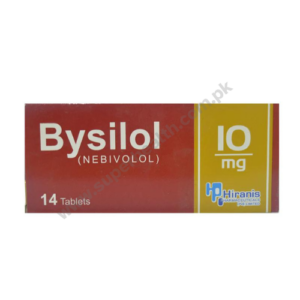
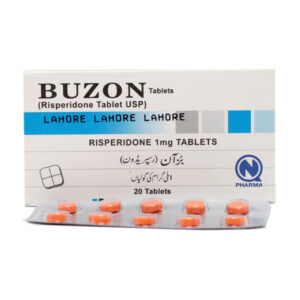
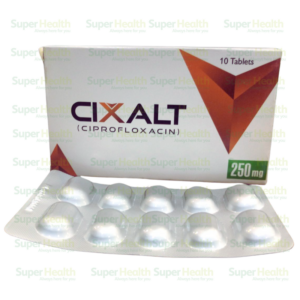



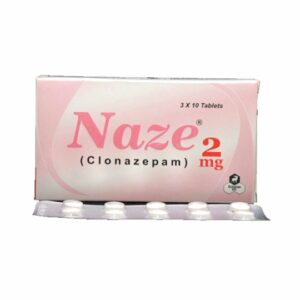
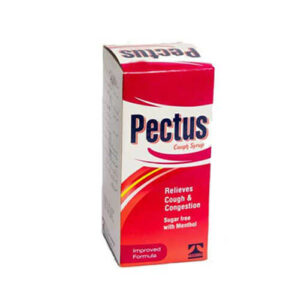
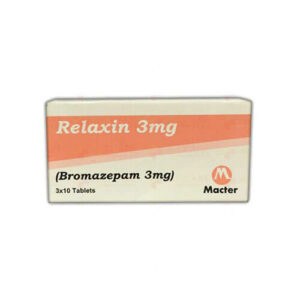

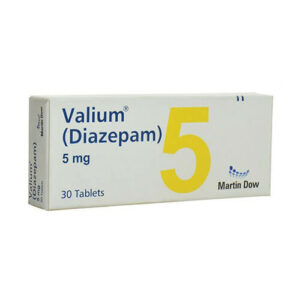


Reviews
There are no reviews yet